Wondering about AB 1033 in California? The landscape of accessory dwelling units (ADUs) in California is continually evolving. New state and local legislation is shaping the design and construction of these structures. California Assembly Bill 1033 (AB1033), a significant piece of legislation passed in 2023, is potentially altering how ADUs are bought and sold in the state. This blog aims to demystify AB 1033 by focusing on its implications for selling ADUs separately from the main home and providing insights into how stakeholders in Greater San Diego and beyond are receiving and implementing this bill.
Can you sell an ADU separately from the main home in California?
ADUs in California may not be sold separately from the main property, other than by non-profits. However, AB1033 introduced a pivotal change. It removed the state-level restriction on selling ADUs separately. This change paves the way for local governments to decide on this matter if they will allow all ADUs to be sold separately by homeowners. It’s important to note that while AB 1033 opens the door for separate sales, it doesn’t automatically permit them, unless the property is owned by a qualified non-profit organization. The decision to opt-in to the sale of ADUs now rests with local jurisdictions.
What is AB1033?
AB1033 is a California state law passed in October 2023 that aims to promote affordable homeownership by allowing ADUs to undergo condominium conversion. This means that, subject to local government passing an ordinance to allow it, ADUs could potentially be sold as individual units, much like condos. The bill’s primary goal is to increase the availability of affordable housing options and to provide homeowners with more flexibility in managing their properties.
A significant aspect of AB 1033 is the provision that allows ADUs to be sold or conveyed separately from the primary residence under specific conditions. ADUs can be sold separately when developed by a qualified nonprofit corporation, if they adhere to certain affordability and occupancy restrictions. Importantly, the bill does not limit the ability of ADUs to be sold or conveyed separately as condominiums, subject to local ordinances that permit this sale by homeowners (not just non-profits). This provision represents a substantial shift from the state’s previous stance and opens up new possibilities for homeowners and potential buyers alike, particularly in the realm of affordable housing.
Why consider selling an ADU from the main property with AB 1033 California?
Homeowners now have the option to convert their ADUs into condominiums, providing a unique opportunity to sell these units separately. This flexibility can be particularly appealing in high-demand housing markets. Developers might see this as an opportunity to cater to a new segment of the market, focusing on creating ADU projects that are designed from the outset to be sold as individual units.
The ability to sell ADUs separately could impact property valuations, potentially increasing the overall value of properties with ADUs. This could also affect the affordability aspect, a key consideration in many ADU developments.
You may also want to learn about SB9, which enables a lot split and development of additional units.
Can you sell an ADU in San Diego?
No, you cannot sell an ADU in San Diego. As of April 2024, no cities in Greater San Diego currently allow selling ADUs separately from the main home.
The ability to sell ADUs separately hinges on the decisions of local governments. In Greater San Diego, the response has been varied. For instance, National City has expressed interest in exploring this option, but there are no formal regulations in place yet. Other cities in the region are also contemplating this change, but it’s a developing area, and concrete policies are yet to be established.
Process of selling an ADU: What it could look like with condo mapping after AB 1033
Condo mapping, also known as condominium conversion, is a legal and regulatory process that transforms a single property into multiple, individually owned units, such as in the case of ADUs. This process is crucial for homeowners who wish to sell their ADUs separately under AB1033 in the future, should their local government allow it. We see separate sale of ADUs in cities like Seattle and Portland.
Here’s a breakdown of how condo mapping typically works:
Preliminary Assessment
Before initiating the condo mapping process, a preliminary assessment is necessary to determine if the property meets the basic requirements for conversion. This includes evaluating zoning regulations, property size, existing structures, and local ordinances.
Application and Documentation
Homeowners must submit a condo conversion application to the local planning or development department. This application includes detailed plans of the property, showing the division of units and common areas.
Legal documents such as a declaration of covenants, conditions, and restrictions (CC&Rs) are prepared. These documents govern the rights and responsibilities of the condo association and unit owners.
Compliance with Local Regulations
The property must comply with local building codes and safety standards. This may involve inspections and upgrades to ensure that each unit is safe and habitable as a standalone property.
Public Report and Final Map
A public report is prepared, which includes detailed information about the property, the units, and the association. This report is essential for prospective buyers to understand what they are purchasing.
A final map, also known as a condominium plan, is created. This map legally defines the divided units and common areas. It must be recorded with the county recorder’s office.
Approval Process
The local planning department reviews the application, documentation, and final map. This process may involve public hearings and revisions to the plan.
Once approved, the property is officially recognized as a condominium complex, and individual units can be sold separately.
Establishment of a Homeowners Association (HOA)
An HOA is typically established to manage the common areas and enforce the CC&Rs. The HOA is responsible for maintenance, repairs, and managing community rules. Read more about ADUs and HOAs.
Sales and Marketing
After the conversion, units can be marketed and sold to individual buyers. The sales process is similar to selling any other type of real estate, but with the added complexity of the condominium structure.
AB1033 in California is a Developing Area: Stay Informed
AB 1033 represents a significant shift in the ADU market in California. As this is a rapidly developing area, staying informed is crucial. At SnapADU, we are committed to keeping you updated on the latest developments. Learn how they might affect your ADU plans in Greater San Diego and beyond. Join our mailing list for updates on topics such as this.
The introduction of assembly bill 1033 marks a potential turning point in the ADU market in California. While it opens up new possibilities for homeownership and property management, the actual implementation of separate ADU sales will depend on local government decisions. For those in Greater San Diego and other parts of California, staying informed and engaged with local housing policies will be key to navigating this new landscape. As always, we are here as an experienced ADU builder to provide guidance and support as this exciting development unfolds.
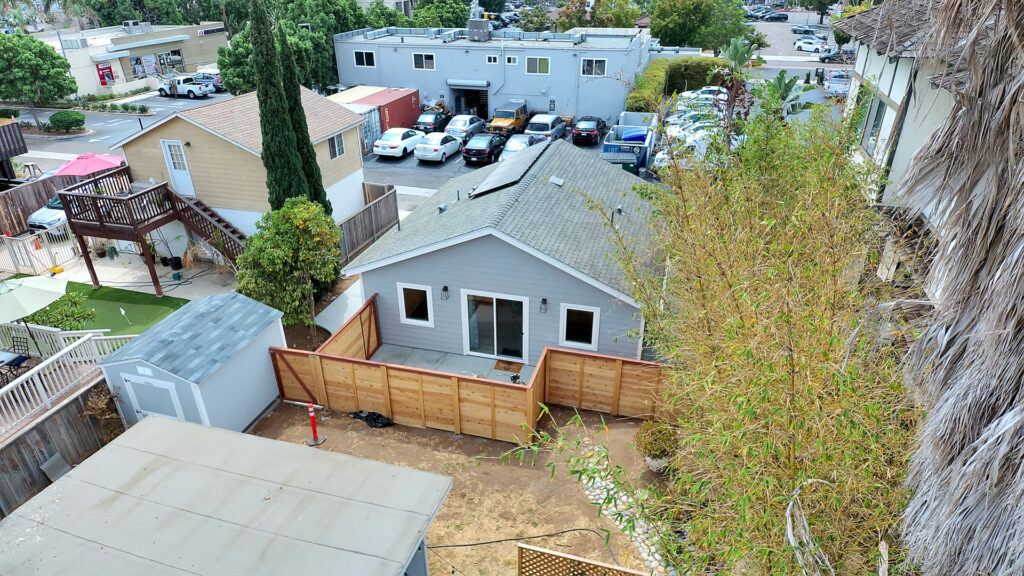
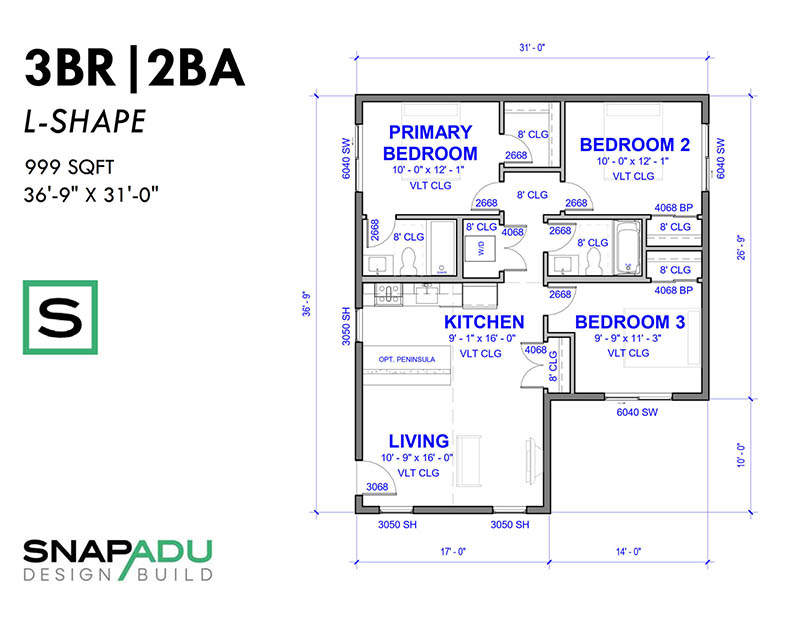
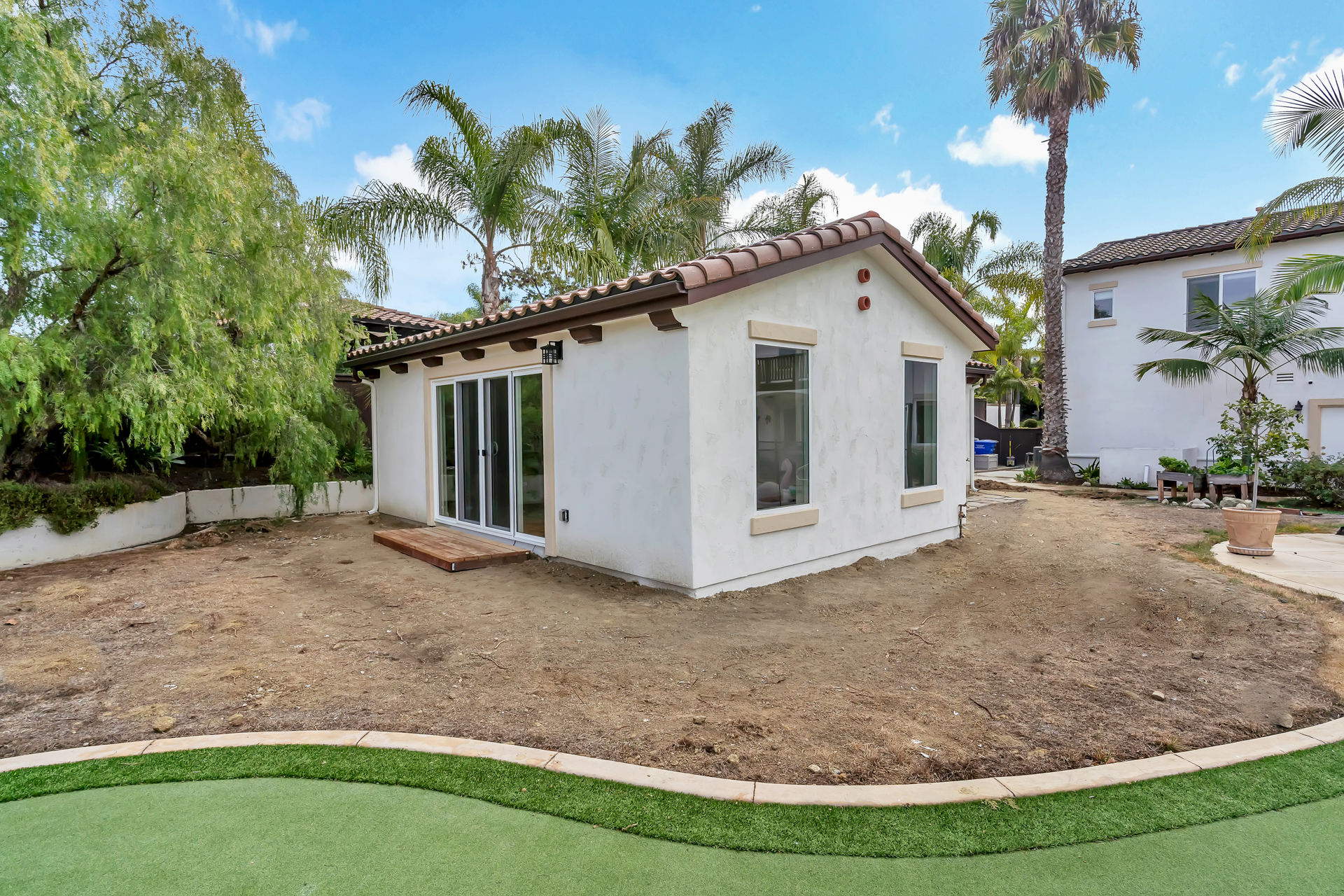
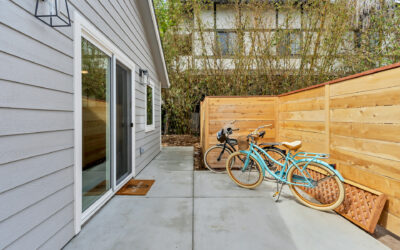
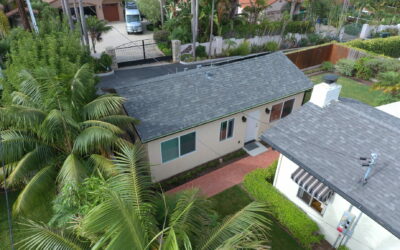
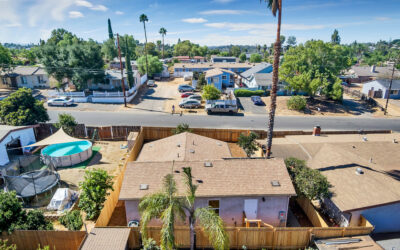
0 Comments